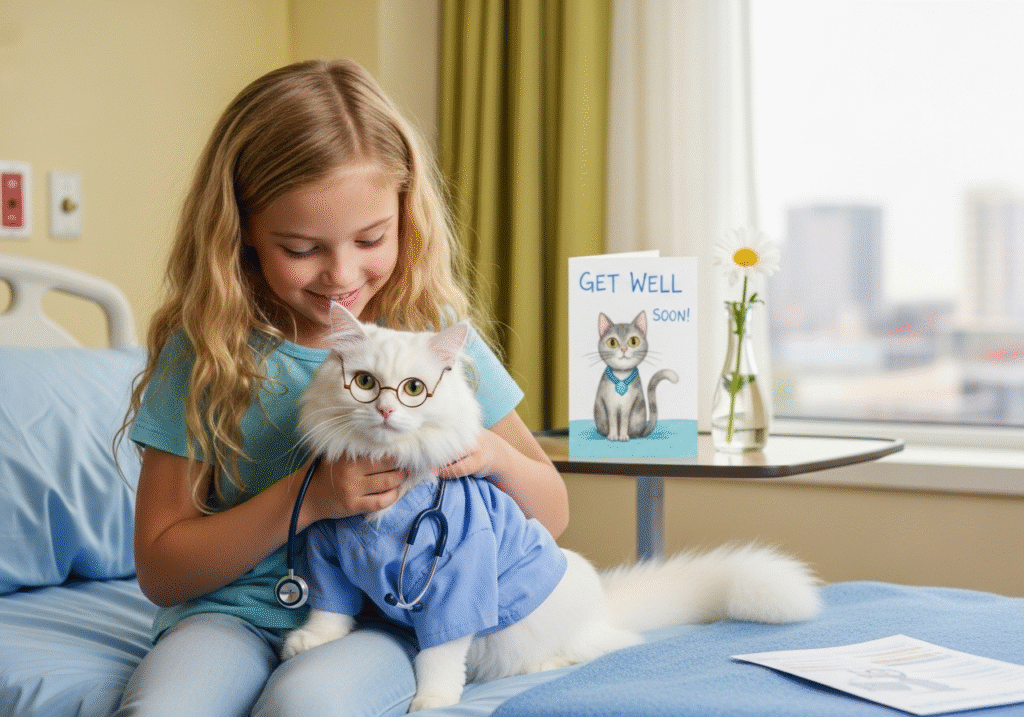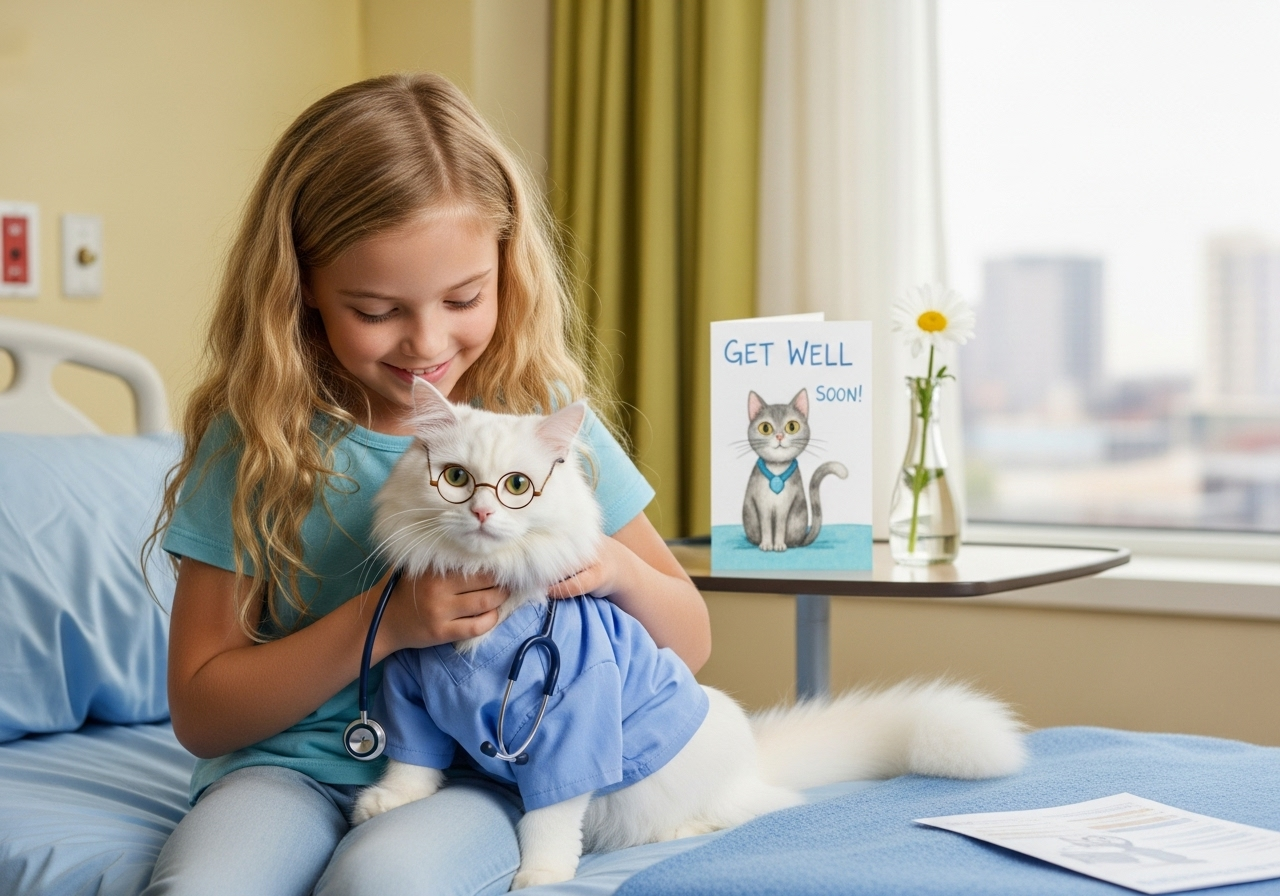| 1 | Hemiplegia (Paralysis) | 70−80% | Weakness/inability to move limbs on one side, especially difficulty using the hand. | Inability to walk, hold chopsticks, or dress oneself. | Most recovery occurs within the first 3 months. Peaks around 6 months. |
| 2 | Sensory Impairment | 50−60% | Numbness, pain. | Inability to grasp objects properly, stumbling when walking. | Generally recovers well, but residual numbness is common. |
| 3 | Language Disorder (Aphasia) | 20−30% | * Inability to speak * Difficulty comprehending * Inability to read/write. | Conversation is impossible; difficulty returning to work. | Many show significant improvement within 1 year. |
| 4 | Dysphagia (Swallowing Difficulties) | 30−50%(Acute) →15−20%(Discharge) | Choking, inability to drink water, recurrent pneumonia. | Aspiration pneumonia is life-threatening. | Early rehabilitation allows 80% to return to oral feeding. |
| 5 | Higher Brain Dysfunction | 30−50% | * Poor attention span * Memory impairment * Emotional lability * Spatial agnosia. | May look healthy but cannot return to society. Often goes unnoticed but is the most difficult. | |
| 6 | Visual Field Deficit | 20−30% | Half vision is lost (hemianopsia), double vision (diplopia). | Bumping into things, inability to read, unable to drive. | Spontaneous recovery is rare, but compensatory techniques are possible. |
| 7 | Bladder/Bowel Dysfunction | 20−40%(Acute) | Urinary incontinence, reliance on diapers. | Causes shame and limits going out. | Most cases improve within a few weeks. |
| 8 | Depression / Apathy | 30−40% | Lack of motivation, frequent crying. | Most distressing for family members. | Often improves with antidepressants + rehabilitation. |
| 9 | Spasticity (Muscle Stiffness) | Appears 1−3months post-onset | Limbs are stiff, contracted, painful; difficulty walking; heavy caregiver burden. | Can be mitigated with Botox and Baclofen. | |


